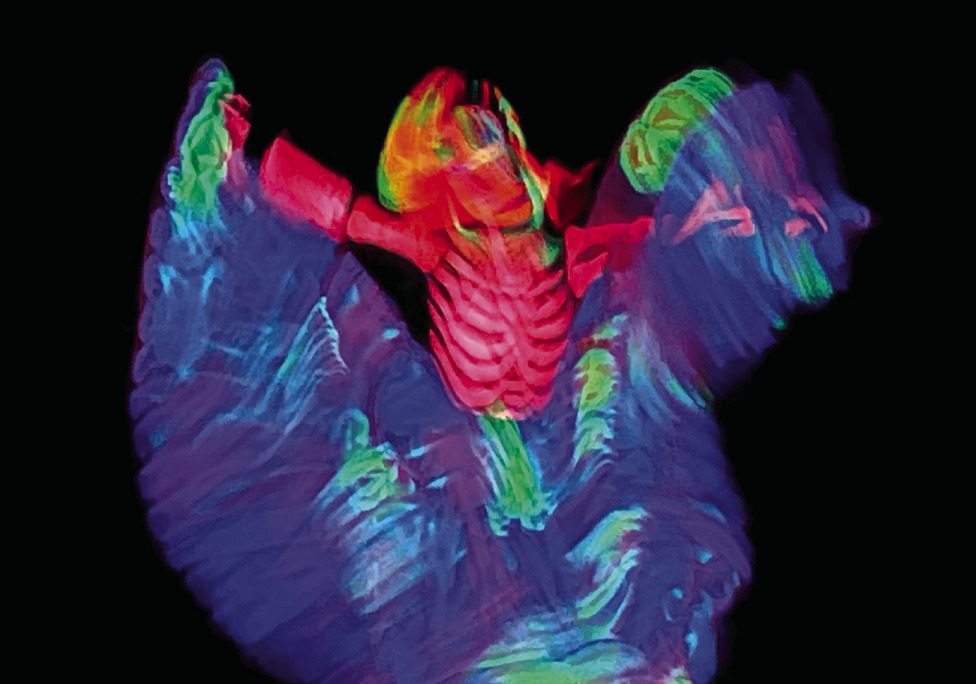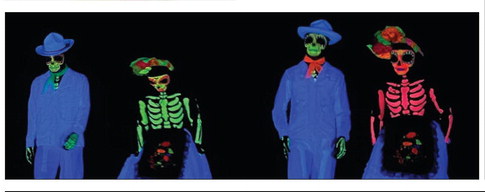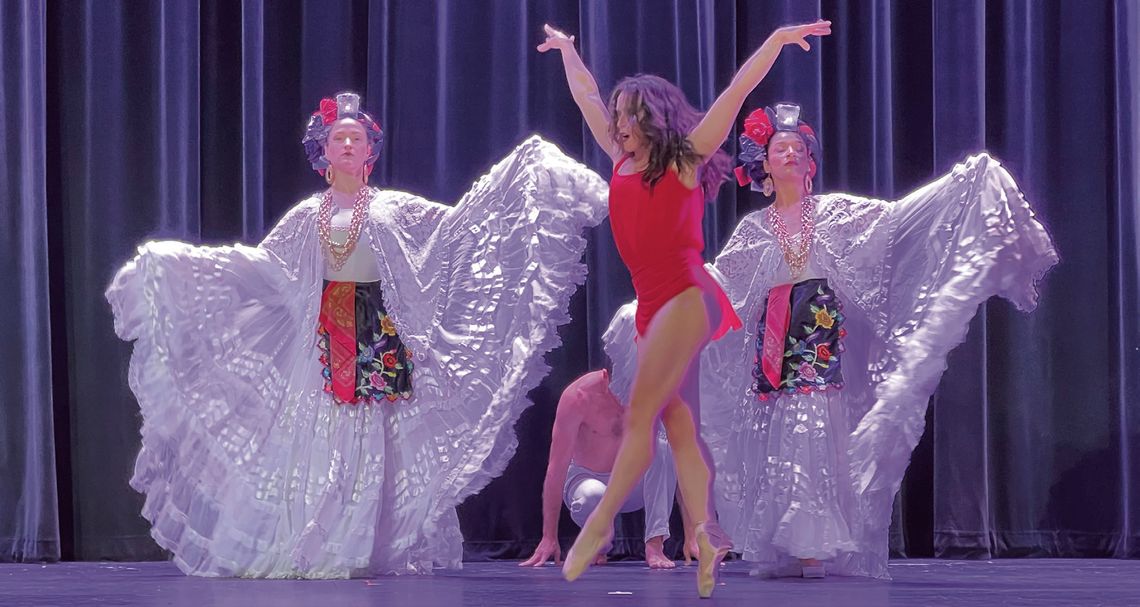LOCAL EVENTS
Ballet Nepantla performs ‘Mística’ in San Marcos
The New York Citybased professional dance company, Ballet Nepantla, performed “Mística,” a unique fusion of ballet and Folklorica folk dancing, in the auditorium of San Marcos High School last week to celebrate Hispanic heritage and the Día de los Muertos tradition.
The ballet company takes its name from the language of the Nahua, a group of native people from Central Mexico. Spoken since the 7th century AD, Nahuatl was the primary language of the Aztecs who ruled Mexico from the 14th to 16th centuries. Today, about 1.7 million people still speak Nahuatl, mostly in Central Mexico and parts of the U.S.


The word “nepantla” means the state of being “in between two things.” For the dance company, the concept provided a historical, intellectual and artistic framework through which to explore the “in between” spaces of history and culture.
For anyone who has come from one culture to live in another, the experience can be both exhilarating and isolating. Neither a bonafide resident of either culture, especially in terms of an individual’s worldview, the confusion can be profound. A transformation must take place and where it begins is in the way station of “nepantla,” before both worlds can be fused into something meaningful for the individual.
In “Mística,” Artistic Director, Andrea Guajardo, describes this experience through the medium of dance. As the performance opens, a solo performer dances in the space between things. Her ballet solo morphs into dance vignettes that take the viewer from the ancestral Danza del Venado, or Deer Dance, to relatively newer folk dances still performed throughout Mexico.
Unwinding on the continuum of history, viewers witnessed the death and mourning of the old ways with the advent of the new.
With Mexico’s conquest by Spain, for example, viewers watched as Roman Catholic ideas crowd in and the Deer dancer is killed. Following his death, a figure, dressed in mourning, is visited by a veiled spirit dressed in white. As the mourner tries to embrace the spirit, it eludes her grasp. She is only able to embrace it for a short time before it fades away forever.
That vignette is followed by a dance where a coarse, if comical, woman wearing a mask with European features shakes her comically large booty to the delight of the other dancers.
Following an intermission, the curtain opens to a stage populated by supernatural figures whose bones and skulls are the only thing visible to the eye. Performed under black light, their luminous bones shine through glowing sheer suits and skirts above which float skulls painted in the style of Day of the Dead figures. These figures dance popular folk dances adapted to their evolving culture. In time, aided by the saving grace of humor, the transformation takes place.
“‘Mistica’ honors our ancestors by celebrating the creative and spiritual energies of our Indigenous, Afro, and Hispanic roots,” said Guajardo, who herself lives between two cultures — that of her native Mexico and the United States. “It commemorates traditions of Dia De Muertos and transports the audience into the afterlife through the use of blacklight and Ballet Nepantla's unique fusion of ballet Folklorico and contemporary dance.'
In a 2017 article by Daniel Tyx in The Texas Observer titled “Dance without Borders,” Guajardo is stated as saying, “Being able to connect my border roots with my professional training has been a way to find who I am as a person, and as a Mexican-American.”








